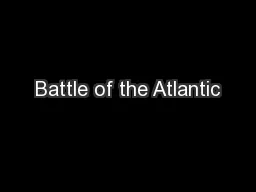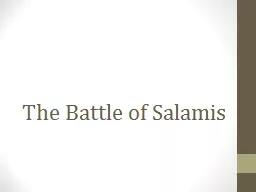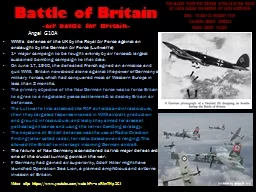PPT-Battle of
Author : debby-jeon | Published Date : 2016-07-21
Ain Jalut September 3 1260 Strategic Context When Mongkhe Kahn became the Great Khan in 1251 he immediately set out to implement his grandfather Genghis
Presentation Embed Code
Download Presentation
Download Presentation The PPT/PDF document "Battle of" is the property of its rightful owner. Permission is granted to download and print the materials on this website for personal, non-commercial use only, and to display it on your personal computer provided you do not modify the materials and that you retain all copyright notices contained in the materials. By downloading content from our website, you accept the terms of this agreement.
Battle of: Transcript
Download Rules Of Document
"Battle of"The content belongs to its owner. You may download and print it for personal use, without modification, and keep all copyright notices. By downloading, you agree to these terms.
Related Documents














